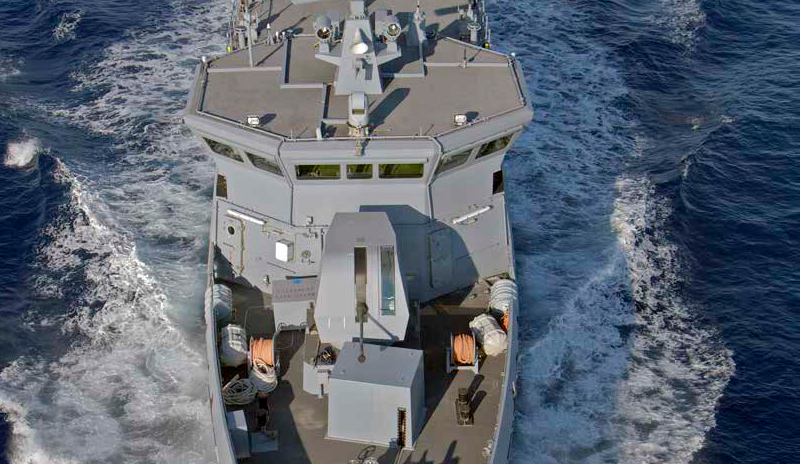An almost instantaneous variation of the parameters in any physical system generates, at the least, a destabilization of the entire system. This also happens when the water hammer occurs in the pipelines of industrial plants.
Both immediate valve closures for safety reasons and pump trips can cause pressure peaks that affect an entire hydraulic system. In any case, the mechanical damage caused by water hammer can be considerable, in addition to the annoying noise the phenomenon generates.
The webinar will illustrate the countermeasures that can be adopted to prevent the phenomenon in industrial plants. In particular, the effects caused by different types of valves on the generated pressure will be illustrated. Best Practices for accurately sizing an Hydraulic Accumulator, fundamental to reducing pressure peaks, preventing the water hammer effect and guaranteeing the safety of the plant, will also be shared.
Topic areas
- Water Hammer
- Valve design
- Accumulator
- Safety
Who should attend?
Designers / analysts / end users


